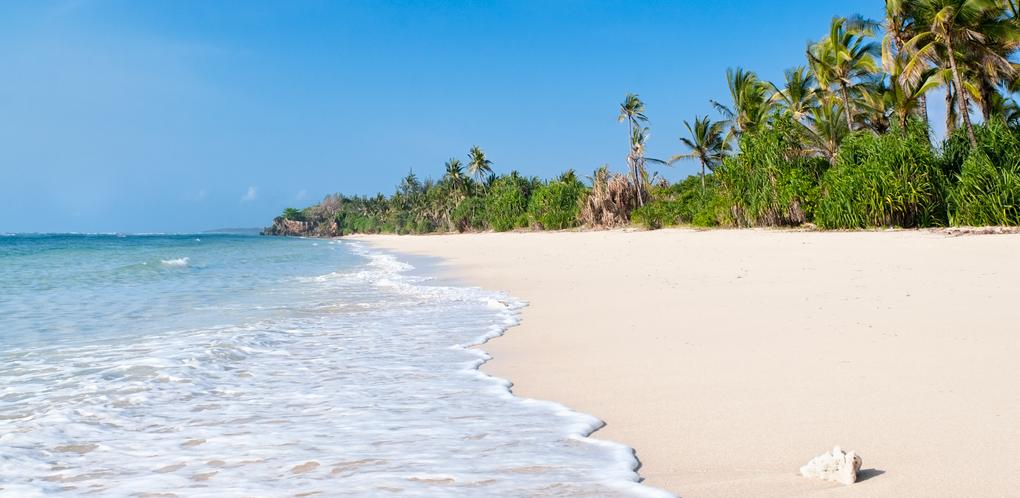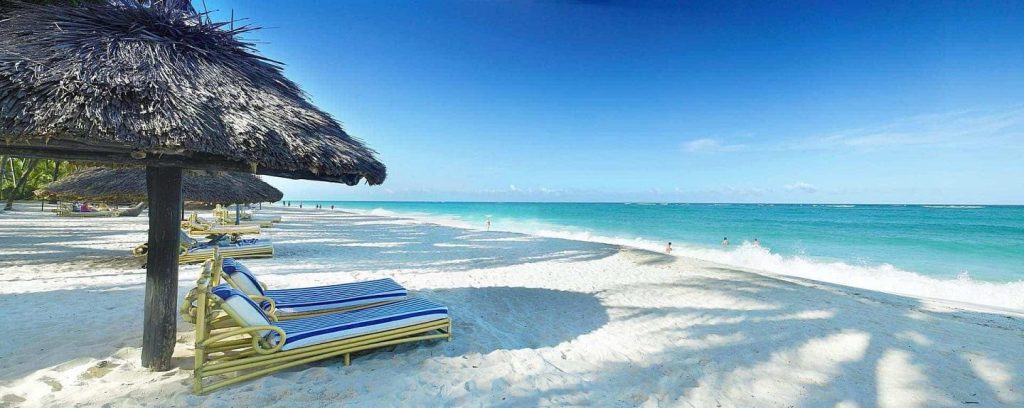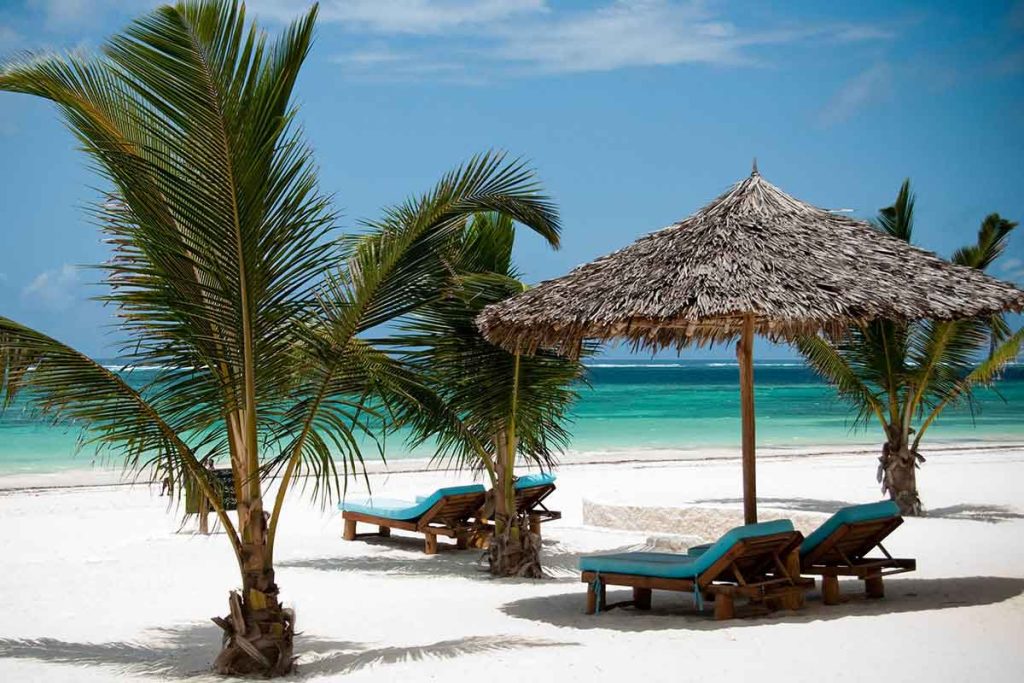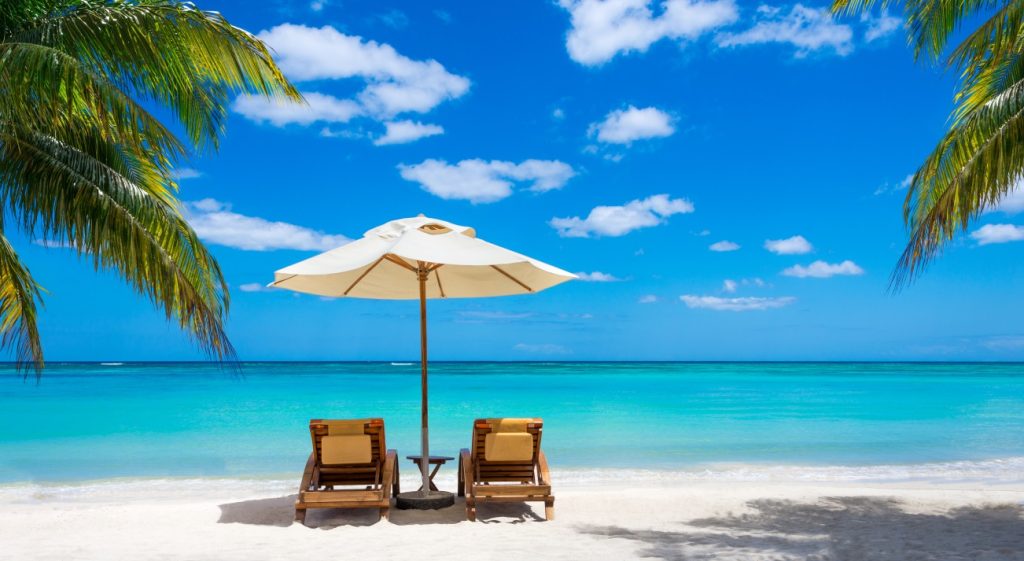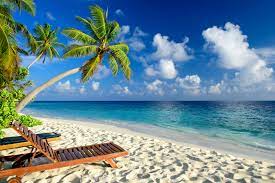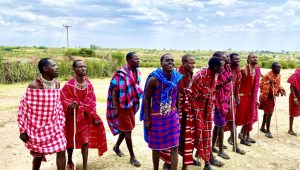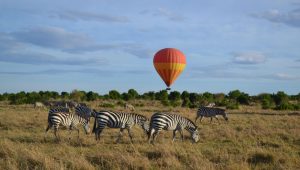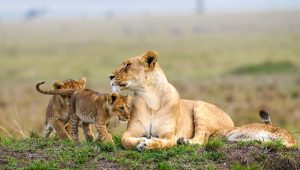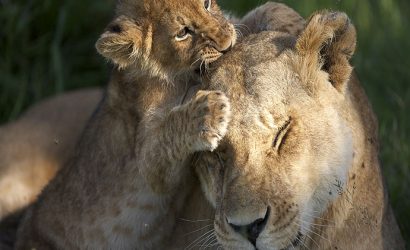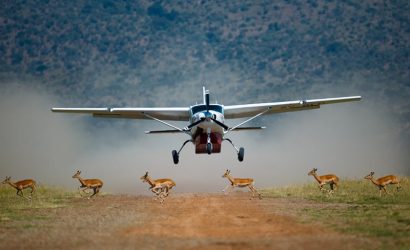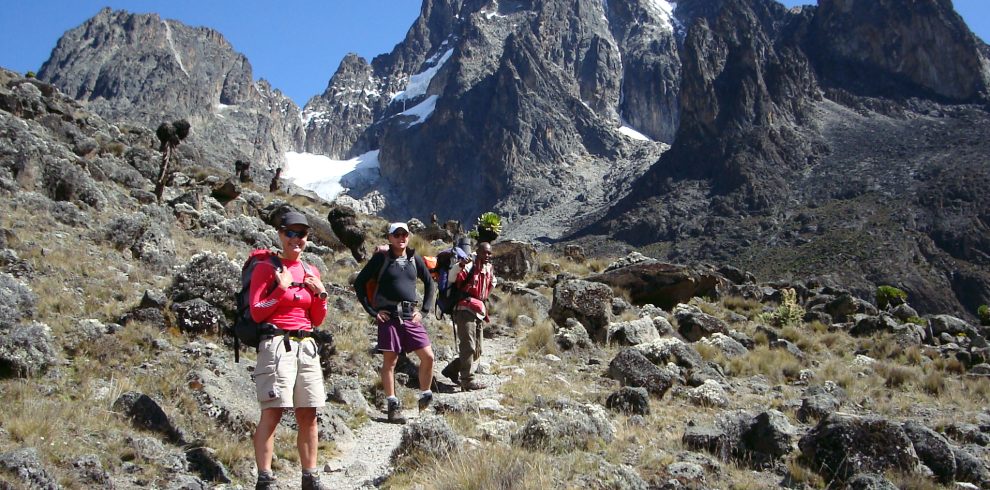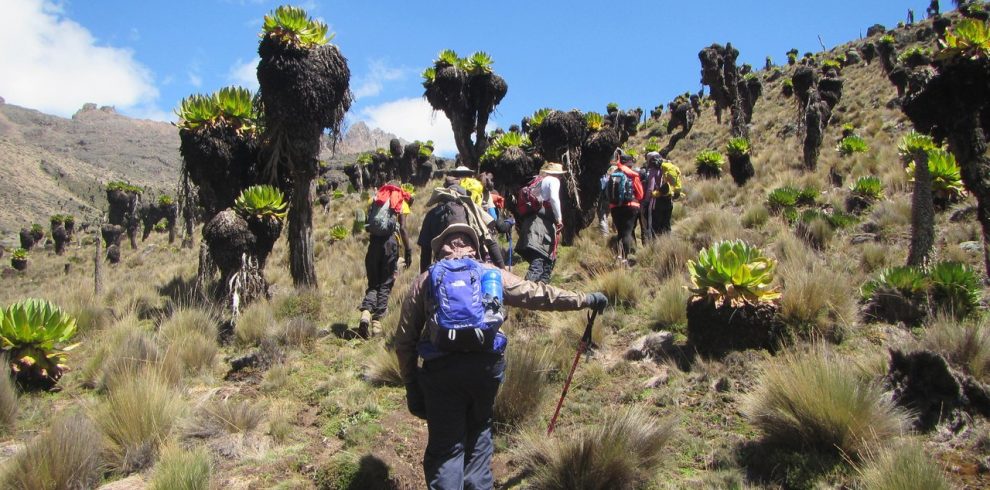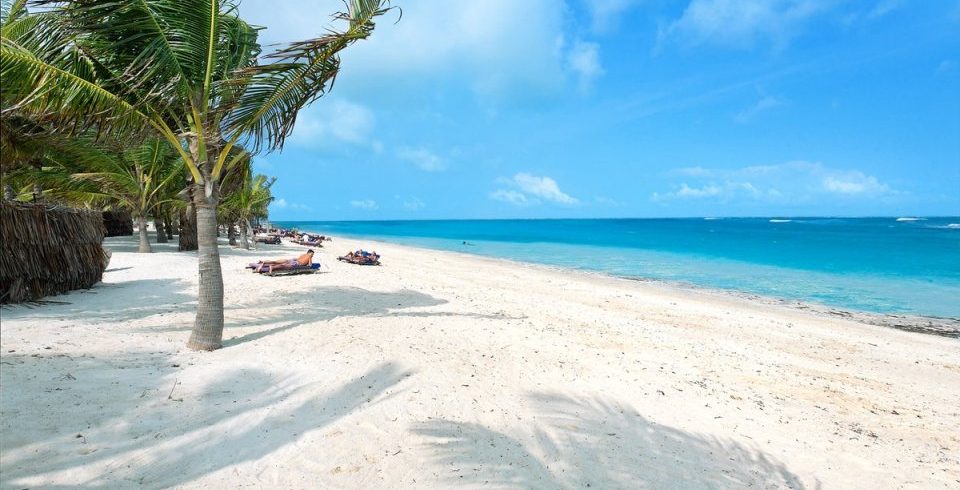Diani Holiday Highlights
Stretching along Kenya’s Indian Ocean coast like a ribbon of brilliant white, Diani Beach is a gorgeous setting for a beach vacation. Against the backdrop of forests echoing with the cries of wildlife, visitors can relax in a truly idyllic destination.
Top 5 Reasons to Visit Diani Beach
1. The Beach
The centerpiece of Diani Beach isn’t a mystery: the resort built along its eponymous beach, a pure white strand of sun-baked sand.
2. Enjoy a Wide Range of Water Sports
Diani Beach is a magnet for water sports fans, with the opportunity to windsurf, water ski, jet ski, swim, snorkel, kayak, sail, and dive.
3. The Shimba Hills Are Right Next Door
Visible from the beach, the Shimba Hills National Reserve is a haven of biodiversity where you can glimpse elephants and sable antelopes, and hike to gorgeous waterfalls.
4. It’s a Great Diving Destination
Diving is a big deal in Diani Beach, where you can take “diving safaris” on traditional dhows, including excursions to the Kisite Mpunguti Marine Park and Reserve – home to a huge dolphin colony.
5. There Are Plenty of Land-Based Activities
If you are a land-lubber, Diani Beach delivers as well, with golf courses, great shopping centers, and – for the most adventurous – a popular skydiving school.
What to do in Diani Beach
1. African Paradise
Kenya’s eastern coastline on the Indian Ocean is prized for its clear blue waters, sandy beaches, and many outdoor sporting activities. Diani Beach is a renowned beach resort 30km south of Mombasa which sees thousands of sun-drenched tourists each year. Here you can swim in the shallow waters, snorkel among colorful reefs, dive in deep sea canyons, or try your hand at kitesurfing. There are also many restaurants and bars which cater to international tastes at Diani Beach.
2. Explore The Depths
Visit the 39 kilometers of protected waters at Kisite Mpunguti Marine Park off the coast of Wasini Island for some truly fantastic snorkeling opportunities. The Kenya Wildlife Service oversees the protection of the waters to ensure a healthy reef environment and help visitors to better enjoy its natural beauty. The park is brimming with marine life, including 250 species of fish, dolphins, sea turtles, and whales. Travel tip: Pilli Pipa Dhow Safari offers diving equipment and all-inclusive guided tours of the Marine Park for visitors.
3. A Living History
Sacred Kaya forests are part of a cultural practice of conservation and reverence for the natural world held by members of nine different ethnic groups throughout Kenya. The Kaya Kinodo Sacred Forest carries on its cultural traditions to become the first Mijikenda sacred forest to open up for ecotourism. After many years of private cultural heritage, the community elders decided to open the Kaya forest to the public in the hope that interacting with foreign visitors can directly improve the social and economic benefits of the local community. Take a guided tour by one of the local tribe members as they recount the history and significance of the Kaya forest in their culture.
4. Explore The Wild
Visit the Shimba Hills National Reserve to take advantage of one of Kenya’s most famous attractions–it’s breathtaking wilderness. The 300sq km area is comprised of three different types of terrain: coastal rainforests, woodland canopies, and expansive grasslands and can be accessed by organized tours from Mombasa. Over half of Kenya’s indigenous plant population can be found at Shimba Hills National Reserve, with a special emphasis on butterfly and bird populations. The National Reserve is also an important biodiversity spot for black and white colobus monkeys, Sable Antelope, and African elephant species.
5. A Murky Past
Before British colonialists landed in Kenya, Shimoni was a primarily rural town to the south of Mombasa. However, in the mid 18th century, Shimoni was then designated as a port stop city which participated in East Africa’s coastal slave trade. The route stretched from the Middle East all the way to South Africa, stopping in Shimoni to take advantage of the natural cave holding pens used to corral slaves. Today there remains a few old colonial British structures alongside the caves, which tourists can visit to gain a greater understanding of the slave trade’s effects on the local Kenyan population.

